The Sixers entered this season still smarting from their sweep at the hands of the Celtics in the first round of the 2020 playoffs and looking to regain their status as a Finals contender.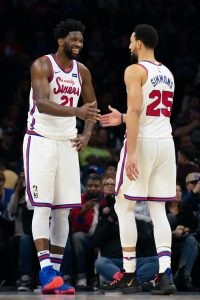
And for much of the year, it looked like they were on track to do just that. With a rebalanced roster and Joel Embiid playing at an MVP level, the Sixers finished the year with a 49-23 record, one game ahead of the Nets for the top seed in the East.
Though Ben Simmons had a disappointing year, averaging the fewest points, rebounds, and assists per game of his career, Tobias Harris looked rejuvenated under head coach Doc Rivers, Seth Curry finished the year sixth in the NBA in three-point percentage, and Dwight Howard and young guards Shake Milton and Tyrese Maxey shined in their limited roles.
In the first round of the 2021 playoffs, the Sixers comfortably dispatched the Wizards in five games, but Embiid suffered a meniscus tear in Game 4. While he was able to keep up his dominant level of play in the Sixers’ seven-game series against the Hawks, the team’s supporting cast was ultimately unable to provide enough to best an underdog Atlanta squad. For the second year in a row, the team was left with more questions than answers heading into the offseason following a disappointing playoff performance.
The Sixers’ Offseason Plan:
All questions regarding the Sixers offseason begin with Simmons.
Simmons didn’t just take a step back during the regular season — his lack of aggression against the Hawks in the playoffs was so notable that both Embiid and Rivers addressed it in comments to the media following the series’ end. While team president Daryl Morey spoke publicly of his faith in Simmons to address his unwillingness to shoot and to continue to be an important part of the team, reports have since indicated that the Sixers have opened up trade dialogues and are hoping to get a star in return for the 25-year-old point guard.
Despite his flaws, Simmons is a huge part of how the 76ers function, and the possibility of trading him away creates a major question mark about what the team will look like next year. Luckily, the Sixers are no strangers to offseason overhauls. Should Morey manage to trade Simmons in a blockbuster deal, it will be the fourth season in a row in which one of the team’s highest-paid players was either added or subtracted. From acquiring – then losing – Jimmy Butler to signing Al Horford to a $100+MM contract to dumping Horford for Danny Green, the 76ers have gotten into the habit of shaking up the roster on an annual basis.
The Sixers will also have to address Green’s unrestricted free agency. Although he only scored seven points per game during the playoffs, the threat of Green’s shooting and his versatile defense was important, especially given Curry’s limitations on the defensive end. And with the team paying maximum contracts to Embiid, Harris, and Simmons (or, potentially, the centerpiece of a Simmons trade), there will be very little money to replace Green on the open market.
The team will also need to rebalance its roster, as promising rookie Paul Reed represents the only bench depth at the forward/center spot. Furkan Korkmaz, the 6’7″ scoring specialist, will hit unrestricted free agency this summer, meaning Maxey, Milton, Isaiah Joe and Matisse Thybulle are the only bench players on guaranteed contracts, and all are combo guards.
George Hill, who came over in a midseason deal with the Thunder, has a partially-guaranteed deal and was largely ineffective in the series against the Hawks, though he still provided his typical brand of stout defense. With so many guards on the roster, the Sixers may decide not to guarantee the rest of his $10MM deal.
One player of interest will be Howard. The three-time Defensive Player of the Year was great for the Sixers off the bench and filled in when needed for Embiid. Philadelphia would undoubtedly like to keep him around, but it remains to be seen if Howard will be able to score one last slightly bigger payday elsewhere after two solid years of being a backup center.
Curry could potentially offer a point of flexibility. Curry was massively important to the Sixers, both in the playoffs and the regular season. But should Morey move Simmons for a scoring guard (such as CJ McCollum), it’s possible the club could view Curry as redundant and – given his bargain contract – try to move him for another wing, inserting defensive specialist Thybulle into the starting lineup to complement the newly-acquired guard.
Whatever happens, one thing is clear: given the team’s high expectations, roster holes, and lingering trade rumors, the Sixers we see on opening night of the 2020/21 season could look very different from the group we last saw walking off the floor against the Hawks.
Salary Cap Situation
Note: Our salary cap projections are based on a presumed 3% increase, which would result in a $112.4MM cap for 2021/22.
Guaranteed Salary
- Tobias Harris ($35,995,950)
- Ben Simmons ($33,003,936)
- Joel Embiid ($31,579,390)
- Seth Curry ($8,207,518)
- Matisse Thybulle ($2,840,160)
- Tyrese Maxey ($2,602,920)
- Shake Milton ($1,846,738)
- Isaiah Joe ($1,517,981)
- George Hill ($1,275,491) — Partial guarantee. Non-guaranteed portion noted below. 1
- Total: $118,870,084
Player Options
- None
Team Options
- None
Non-Guaranteed Salary
- George Hill ($8,771,806) 1
- Anthony Tolliver ($2,692,991) 2
- Paul Reed ($1,517,981)
- Total: $12,982,778
Restricted Free Agents
- None
Two-Way Free Agents
Draft Picks
- No. 28 overall pick ($2,023,800)
- No. 50 overall pick (no cap hold)
- Total: $2,023,800
Extension-Eligible Players
- Seth Curry (veteran)
- George Hill (veteran)
- Shake Milton (veteran)
Unrestricted Free Agents / Other Cap Holds
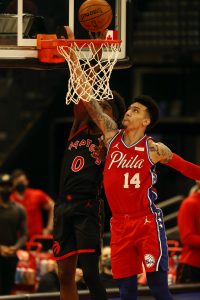 Danny Green ($19,975,609): Early Bird rights
Danny Green ($19,975,609): Early Bird rights- Mike Scott ($9,510,165): Bird rights
- Furkan Korkmaz ($1,669,178): Bird rights
- Dwight Howard ($1,669,178): Non-Bird rights
- Kyle O’Quinn ($1,669,178): Non-Bird rights 3
- Total: $34,493,308
Offseason Cap Outlook
If they were to waive Hill, the Sixers would have $120MM+ in commitments for nine roster spots, giving the team the flexibility to remain below the tax line and even use the full mid-level exception.
However, if Philadelphia either hangs onto Hill or re-signs Green, that flexibility below the tax line will mostly disappear and the club would be limited to the taxpayer mid-level. I lean toward the front office taking that approach for now, but it’s hardly set in stone — the 76ers’ financial outlook could also change if they’re able to trim team salary at all on the trade market.
Cap Exceptions Available
- Taxpayer mid-level exception: $5,890,000 4
- Trade exception: $8,190,134
Footnotes
- Hill’s salary becomes fully guaranteed after August 3.
- Tolliver’s salary becomes fully guaranteed after September 4.
- The cap hold for O’Quinn remain on the Sixers’ books from a prior season because he hasn’t been renounced. He can’t be used in a sign-and-trade deal.
- This is a projected value. If the Sixers stay below the tax apron, they could have access to the full mid-level exception ($9.5MM) and the bi-annual exception ($3.7MM).
Salary and cap information from Basketball Insiders, RealGM, and ESPN was used in the creation of this post. Luke Adams contributed to this post.

 Those good vibes didn’t last long though. After the Nuggets won eight of their first nine games with Gordon in the lineup, disaster struck in the 10th game, as
Those good vibes didn’t last long though. After the Nuggets won eight of their first nine games with Gordon in the lineup, disaster struck in the 10th game, as 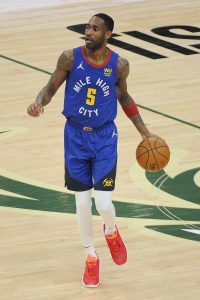
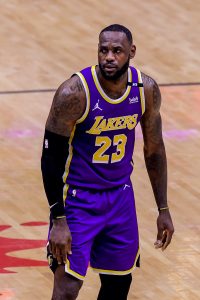
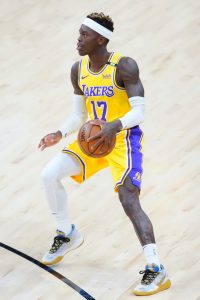
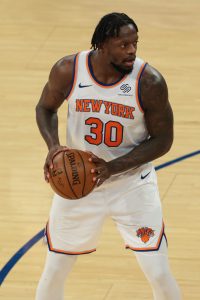 The Knicks’ first-round series vs. Atlanta exposed some of the deficiencies that the team was able to mask during the regular season, and Thibodeau’s club made a quick postseason exit, losing to the Hawks in five games. But it was still a massively successful year for a franchise that hadn’t made the playoffs or even finished above .500 since 2013.
The Knicks’ first-round series vs. Atlanta exposed some of the deficiencies that the team was able to mask during the regular season, and Thibodeau’s club made a quick postseason exit, losing to the Hawks in five games. But it was still a massively successful year for a franchise that hadn’t made the playoffs or even finished above .500 since 2013.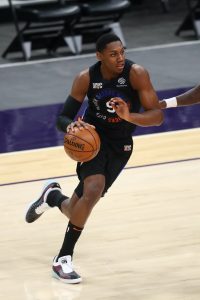
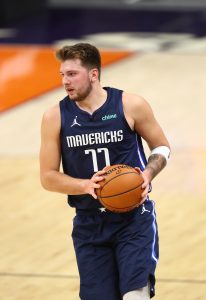 Without a reliable go-to second option in the playoffs – where Porzingis averaged just 13.1 PPG and 5.4 RPG – the Mavs have been unable to break through so far, despite Doncic giving the Clippers all they could handle in the first round for two straight years (including 35.7 PPG and 10.3 APG in Dallas’ seven-game series loss this spring).
Without a reliable go-to second option in the playoffs – where Porzingis averaged just 13.1 PPG and 5.4 RPG – the Mavs have been unable to break through so far, despite Doncic giving the Clippers all they could handle in the first round for two straight years (including 35.7 PPG and 10.3 APG in Dallas’ seven-game series loss this spring).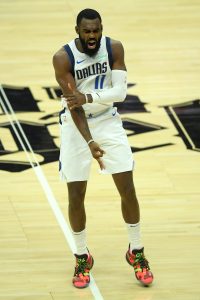
 However, injuries continued to be a problem for Nurkic, who missed half the season, and for Collins, who missed the entire year. And while Covington meshed well with the current core, Jones didn’t have the impact the Blazers had hoped for, falling out of the rotation in the second half.
However, injuries continued to be a problem for Nurkic, who missed half the season, and for Collins, who missed the entire year. And while Covington meshed well with the current core, Jones didn’t have the impact the Blazers had hoped for, falling out of the rotation in the second half.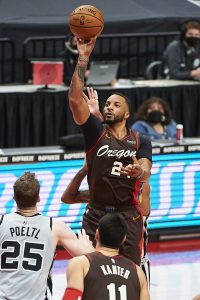
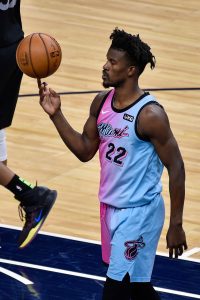 The Heat brought back a pretty similar roster in 2020/21, aiming to finish higher in the standings and make another deep playoff run. But health issues limited the team’s ability to build much momentum during the regular season, and the departures of some key role players (such as
The Heat brought back a pretty similar roster in 2020/21, aiming to finish higher in the standings and make another deep playoff run. But health issues limited the team’s ability to build much momentum during the regular season, and the departures of some key role players (such as 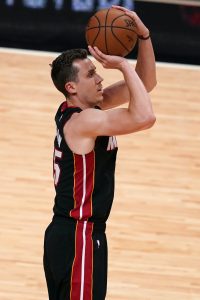
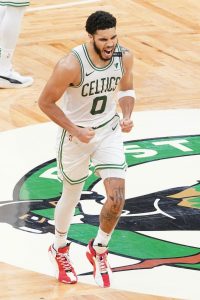 The Celtics still made the playoffs, but it took a play-in win to get there after the team finished with an underwhelming .500 record (36-36). And Boston’s postseason run was short-lived, as the club was unceremoniously dispatched by Brooklyn in the first round.
The Celtics still made the playoffs, but it took a play-in win to get there after the team finished with an underwhelming .500 record (36-36). And Boston’s postseason run was short-lived, as the club was unceremoniously dispatched by Brooklyn in the first round.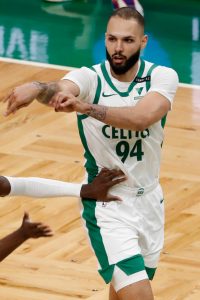
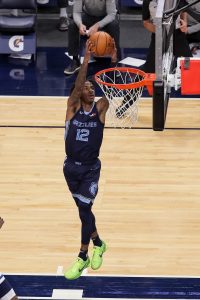 Some regression was expected in 2020/21, but no one told
Some regression was expected in 2020/21, but no one told 
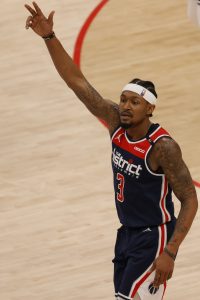 Still, with the Wizards out of the playoff – and play-in – picture in early April, it looked like it might just be a matter of time until the team had to start seriously considering major offseason changes to the roster, the coaching staff, and even the front office. But a 17-6 finish to the regular season and a win in their second play-in game gave the Wizards a glimmer of hope heading into the summer, even if their playoff run was short-lived.
Still, with the Wizards out of the playoff – and play-in – picture in early April, it looked like it might just be a matter of time until the team had to start seriously considering major offseason changes to the roster, the coaching staff, and even the front office. But a 17-6 finish to the regular season and a win in their second play-in game gave the Wizards a glimmer of hope heading into the summer, even if their playoff run was short-lived.